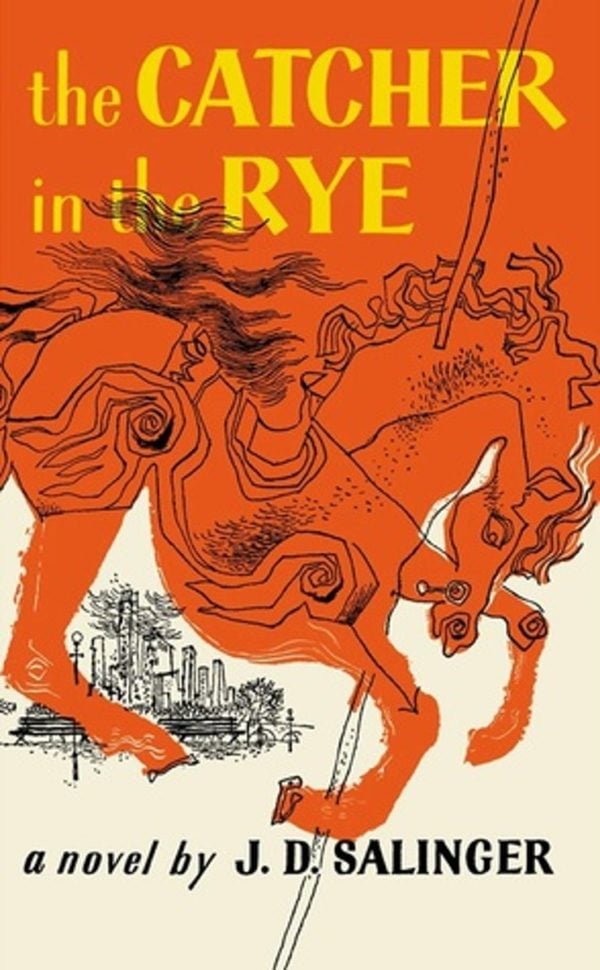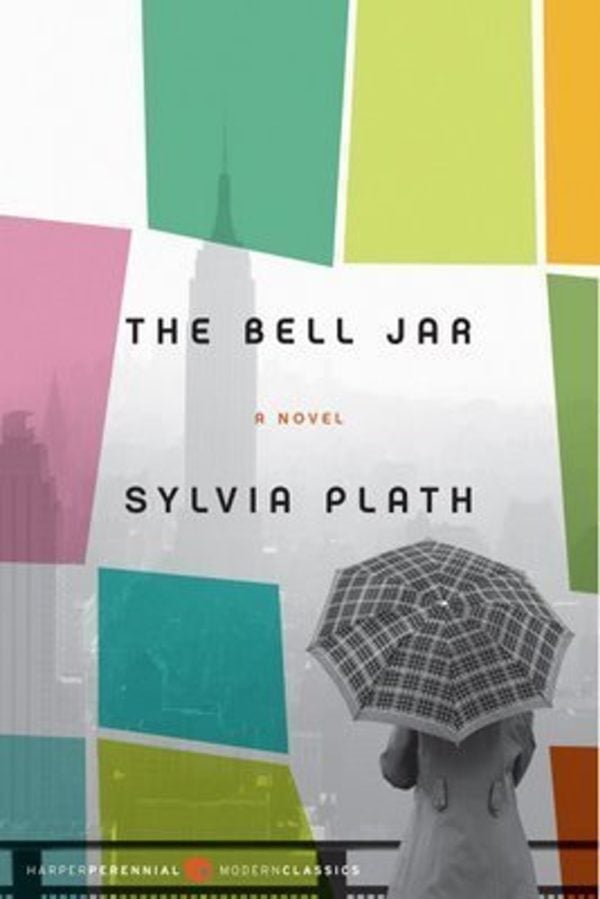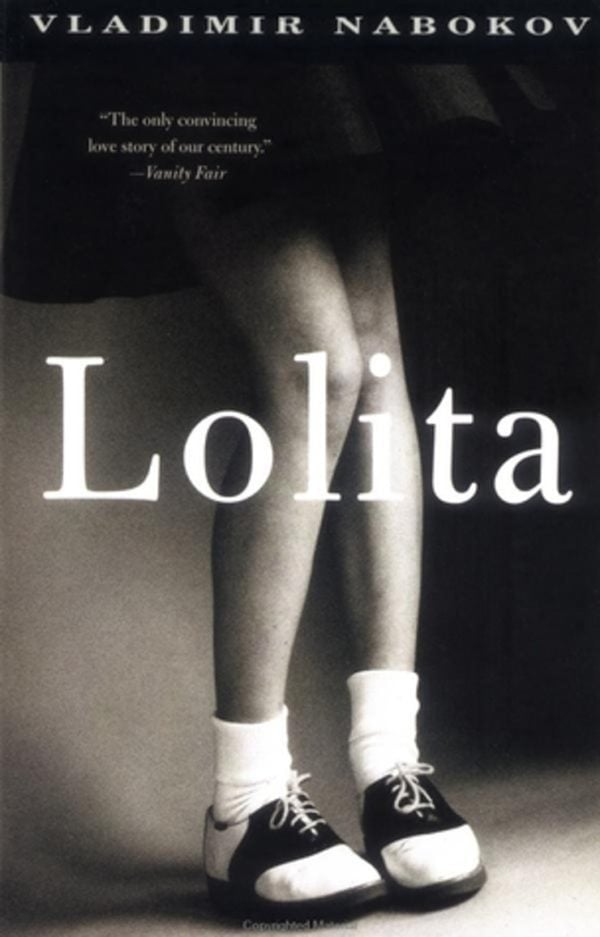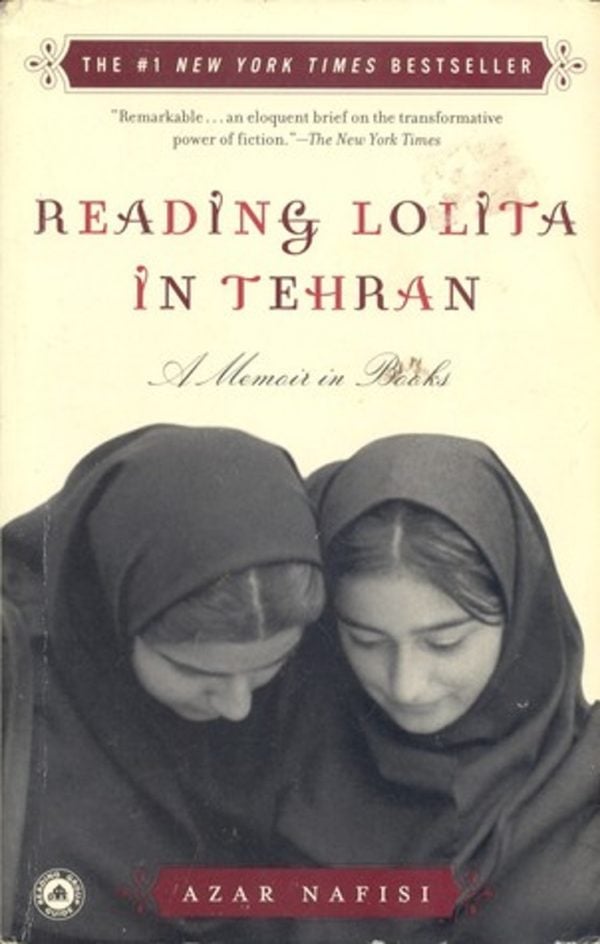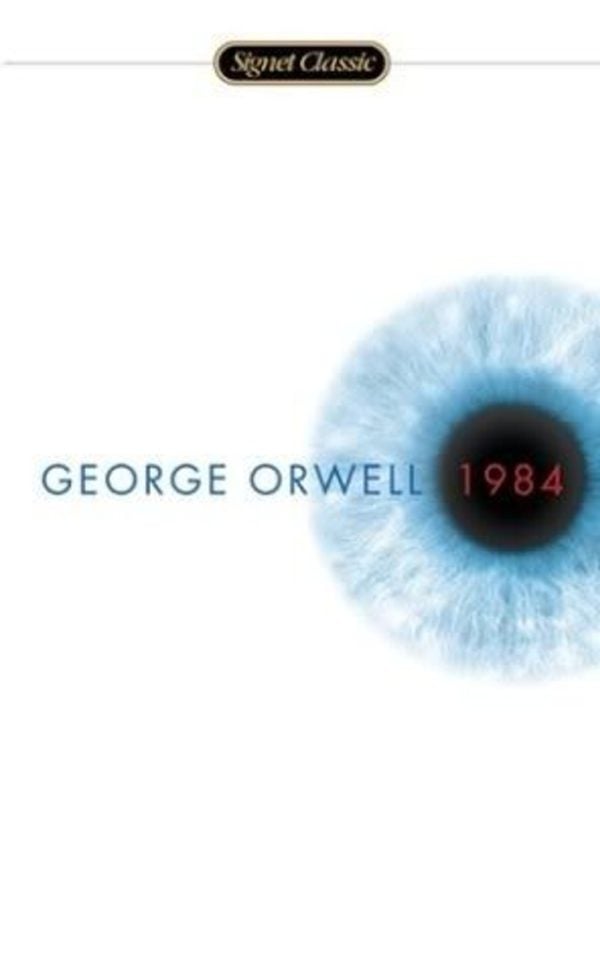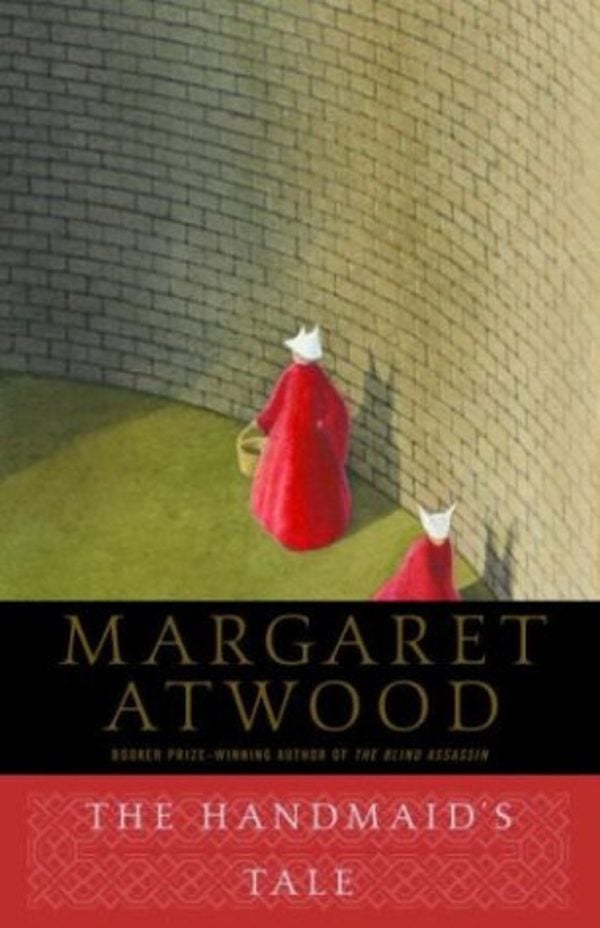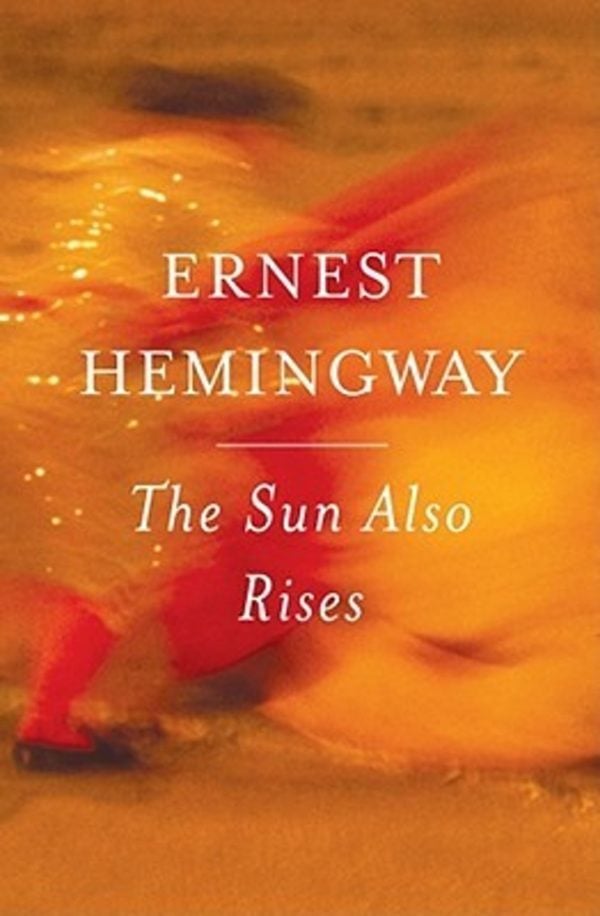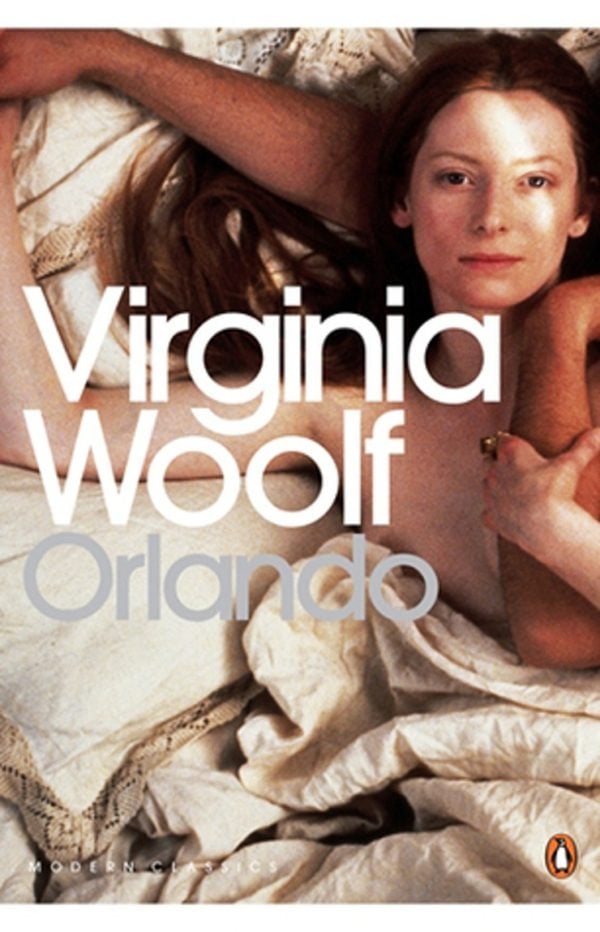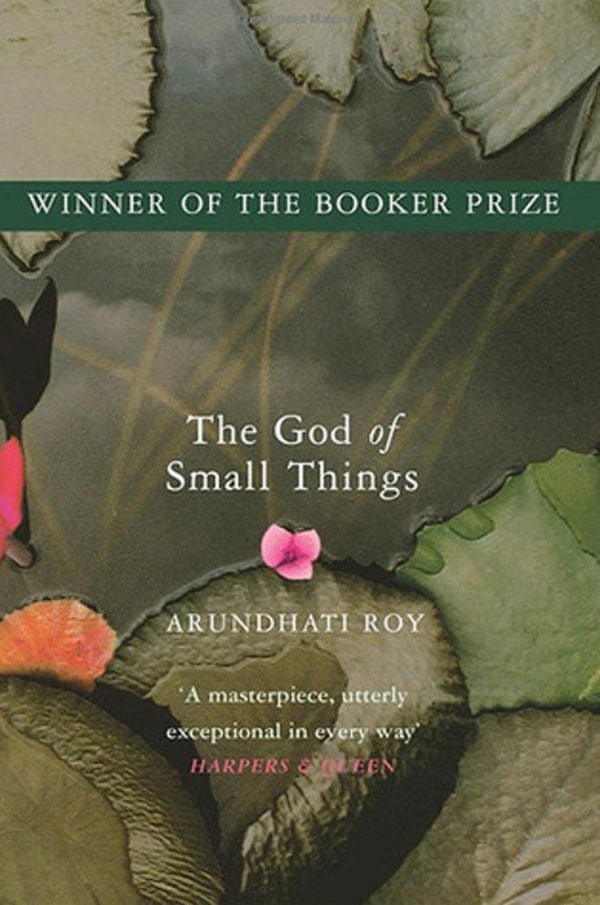On the one hand, I loved high school English. What could be better for a nerdy, bookish kid than a class devoted to reading and talking about books? I loved the classics. I loved the discussions. I even loved The Catcher in the Rye, because I was one of those annoying 15-year-olds who thought that a distinctive hat was an acceptable stand-in for a personality.
But on the other hand… boy, did a lot of those dead male authors hate women. Here are some of the more sexist books we read in school, and what we should have read instead.
Sure, it’s tempting to write off a lot of sexist (and racist, and homophobic) literature as “of its time.” But that defence can only take you so far. Kate Chopin published her early feminist novel The Awakening in 1899 — the same year that Ernest Hemingway was born, and significantly before he was making a career out of whining about women and cheating on his wives. I do think it can be valuable to read the writing of sexist old men from time to time… but come on. Let’s maybe give high school girls a few books by people who don’t hate them, just to shake things up.
- We read The Catcher in the Rye by J.D. Salinger
